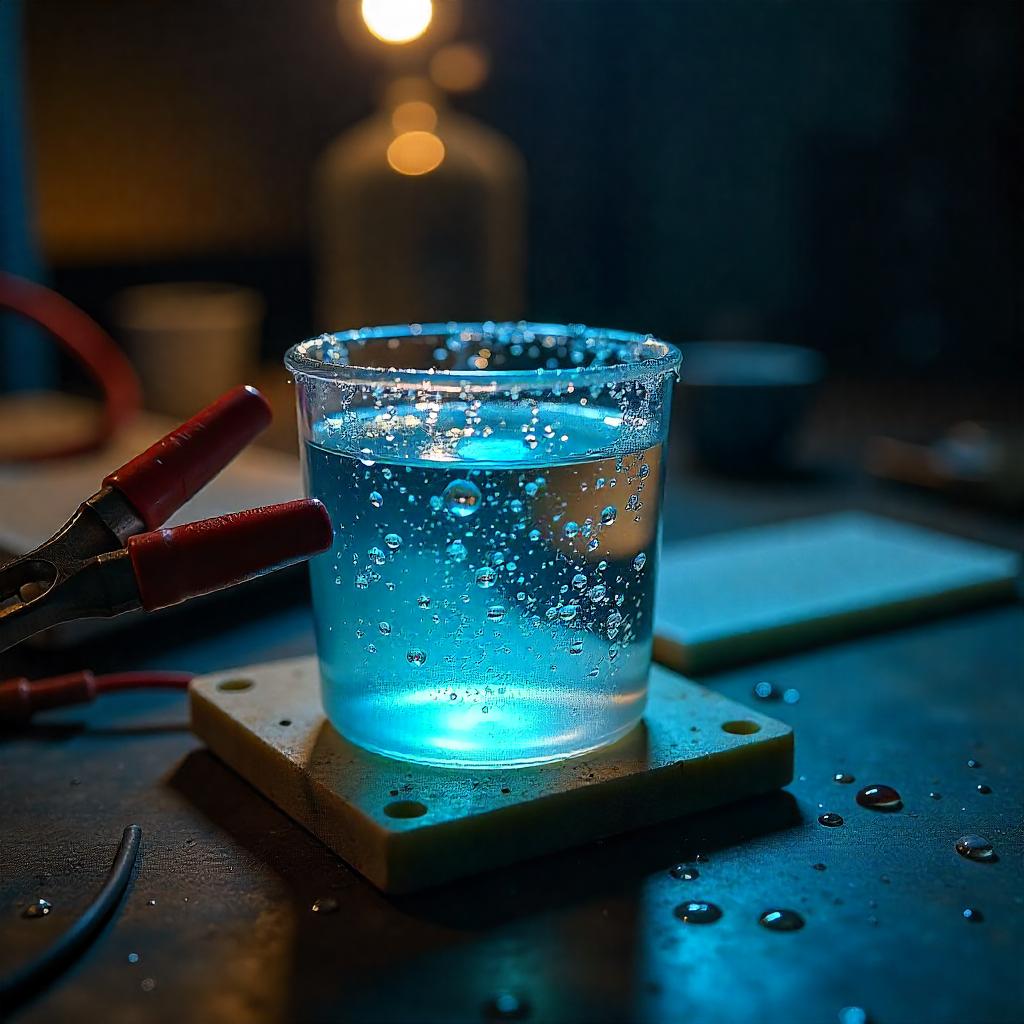A saltwater resistor is a simple variable resistor that uses saltwater as the conductive medium. The resistance depends on the salt concentration, electrode spacing, and the container's shape. Here's how you can build one:
Materials Needed
- A non-conductive container (plastic or glass)
- Distilled water (to control conductivity)
- Table salt (NaCl)
- Two metal electrodes (copper, aluminum, or stainless steel)
- Wires and alligator clips
- A multimeter (to measure resistance)
Steps to Build a Saltwater Resistor
-
Prepare the Container:
- Use a plastic or glass container (a cup, bottle, or small jar).
-
Mix the Salt Solution:
- Start with distilled water and gradually add salt. More salt decreases resistance.
- Stir the solution until the salt dissolves completely.
-
Insert Electrodes:
- Place two metal electrodes into the water, keeping them parallel.
- The distance between them affects resistance (closer electrodes = lower resistance).
-
Connect to a Circuit:
- Attach wires to the electrodes using alligator clips.
- Connect the other ends to a circuit or a multimeter.
-
Measure and Adjust Resistance:
- Use a multimeter to measure resistance across the electrodes.
- To increase resistance, dilute the solution or move electrodes farther apart.
- To decrease resistance, add more salt or bring electrodes closer.
Applications
- Simple variable resistor for experiments
- Conductivity testing
- Educational demonstrations on electrolytes and resistance
